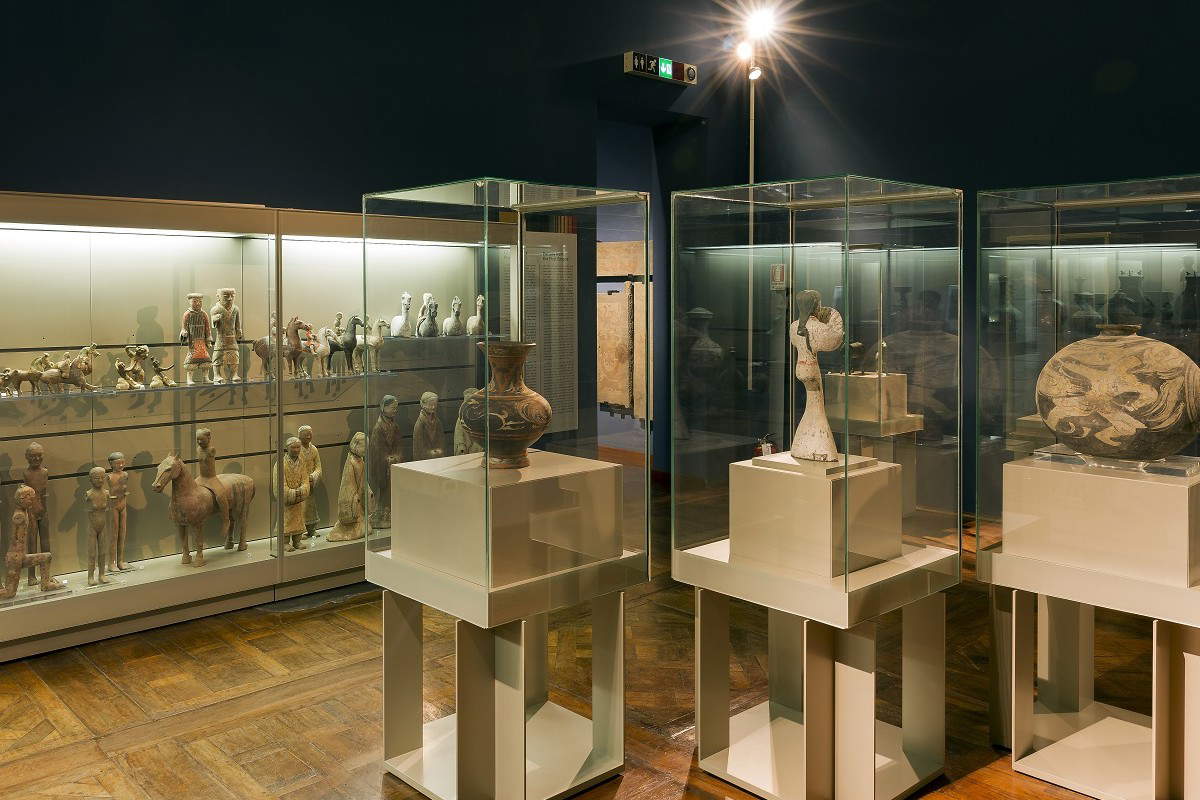I believe the issue revolves not only around the simple need to attract more audiences or intercept new segments of visitors, but rather the need to offer them alternative ways of approaching a heritage that, often, is difficult to access. By offering interpretive cues that use multiplied languages (music, dance, performance), the museum is transformed into a more welcoming, less repelling place: in a word, plural. We are now aware that the museum space needs to be rethought. As a living institution, an open space that thrives on sharing, it is subject to change.
It remains, of course, a place of exhibitions and objects, but it must increasingly be a social space, a space of relationship and exchange, a place to be and to experience, and it must reclaim its ritual and symbolic dimension through a deep involvement of visitors.
By reflex, the concept of an exhibition must also be reshaped in a more contemporary and organic way: an exhibition is not only entertainment or education, but becomes above all time for itself. In my intention (and, for the past two years or so, also in the practice I practice at the MAO Museum of Oriental Art in Turin), the exhibition has been transformed into a mutable device, a primal crossroads from which pathways branch out to offer the public opportunities for authentic participation. And this is not only happening at MAO, the institution I direct: the process is long and complex, but I believe it is now globally initiated and will not stop.

As far as the collections are concerned, on the other hand, the key concept is that of activation, which takes place naturally through exhibition projects, but also through performance events, meetings, concerts, opportunities for dialogue, reflection and knowledge that can take the most diverse forms. The museum one thus shifts from being a space of preservation, study, dissemination and analysis, to an experimental space, a kind of laboratory that allows us to know and observe the past, imagine the future and incubate the construction of new identities.
Collections are not immovable; rather, they represent opportunities for creation, sharing and comparison. This is why it is important for visitors to be able to witness the life of the museum as it unfolds: watching restorers at work on very old and precious objects, or witnessing processes that unveil the mechanisms behind the operation of the museum machine (guaranteeing, of course, the safety and protection of the works), desacralizes the museum by bringing it back to a more vital and, in some ways, more human dimension.
Also central to this evolution is the mediating and translating role of educational services, which facilitate dialogue with the community, students, children, and people with special needs and make possible the difficult process of access and inclusion, with a view to a museum for all.
All events can therefore potentially be compatible with the museum: it is not a matter of deciding whether one language is better than another, more or less suitable, more or less consonant, but rather whether it is capable of triggering a dialectical synthesis, a horizontal dialogue between visitors and the museum, and of stimulating the critical thinking with which we observe phenomena, events, objects and their narration.
This contribution was originally published in No. 22 of our print magazine Finestre Sull’Arte on paper. Click here to subscribe.
Warning: the translation into English of the original Italian article was created using automatic tools. We undertake to review all articles, but we do not guarantee the total absence of inaccuracies in the translation due to the program. You can find the original by clicking on the ITA button. If you find any mistake,please contact us.